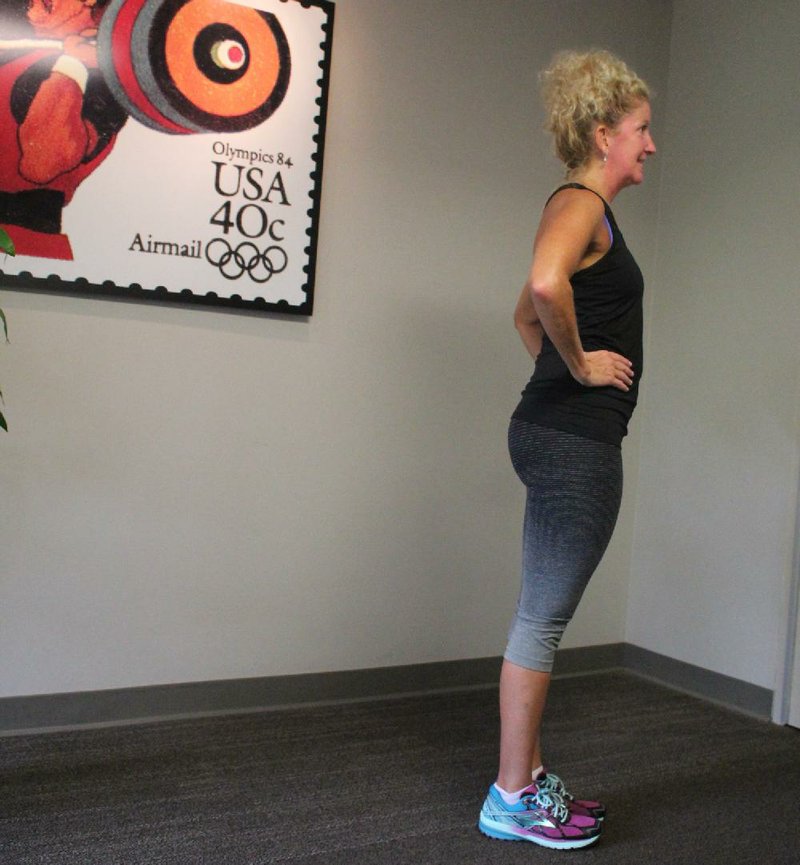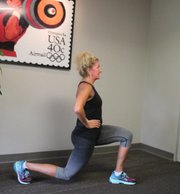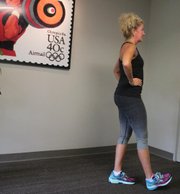The evolution of strength training has, in some ways, come full circle over the past 30 years. What began with a few exercisers performing pullups, squats and pushups in a warehouse has now evolved to a few exercisers performing pullups, squats and pushups in a warehouse.
This week, I'll discuss some of the benefits (and hazards) associated with old-school training and will introduce a new way to perform an old favorite.
In the '90s and early 2000s, fitness equipment evolved to accommodate changing demand. Exercisers wanted more technology, machines that ran more smoothly and more complicated training equipment. These days, a trend has developed to revert back to barbells, dumbbells and body-weight exercise.
Like all trends, this one has positives and negatives.
Old-school free-weight training can be fantastic, for the right person. Squats, lunges, pushups and pullups have helped millions of people get in shape, and there's no denying that these core exercises can sculpt and change one's body in a positive way. But instruction is very important. Performing a barbell squat without instruction is like driving a boat with your eyes closed. You might make it around the lake once, but you'll eventually sink.
My first piece of advice to those looking to start using some of these old-school techniques is to seek high-quality advice from a fitness professional who, at minimum, is certified through an organization accredited by the National Commission for Certifying Agencies (NCCA). You can look up the various organizations on the NCCA website, but there are only a handful.
Being NCCA-accredited means that the certifying organization has been evaluated by an independent party, sort of like an audit. The credential is less likely to have been issued by a certificate mill.
Assuming you've got good instruction, you're off to a great start. The rest is about staying within your limitations, progressing slowly and adhering to good form. I definitely believe that old-school free weight training can benefit almost anyone, it's just how you go about it that matters.
This week, I've got a slight variation for an old-school favorite. The Split Squat With Hip Extension is a fancy name for a back lunge, but I think you'll appreciate the tweak to the front foot position.
1. Stand with both feet together and your hands on your hips.
2. Step back with your right foot and bend the right knee to lunge downward until the knee almost touches the floor.
3. Quickly stand back up, but instead of placing your right foot back beside your left, touch your right heel about a foot in front of your body. This will allow the gluteal muscles on the right side to stretch further.
4. Go right back into the split squat with the same leg. Keep repeating this with the right leg until you've done it 12 times, then switch to the left.
5. Perform two sets of 12 with each leg.
It's funny, when naming this exercise I thought it was a little like calling the good old PB&J a "Nut spread with berry emulsion on a brioche bun." But sometimes, a new name and a little tweak add just enough difference to make you love a movement again. (For the record, I still eat PB&J's.) Enjoy!
Matt Parrott has a doctorate in education (sport studies) and a master's in kinesiology and is certified by the American College of Sports Medicine.
vballtop@aol.com
ActiveStyle on 08/22/2016


